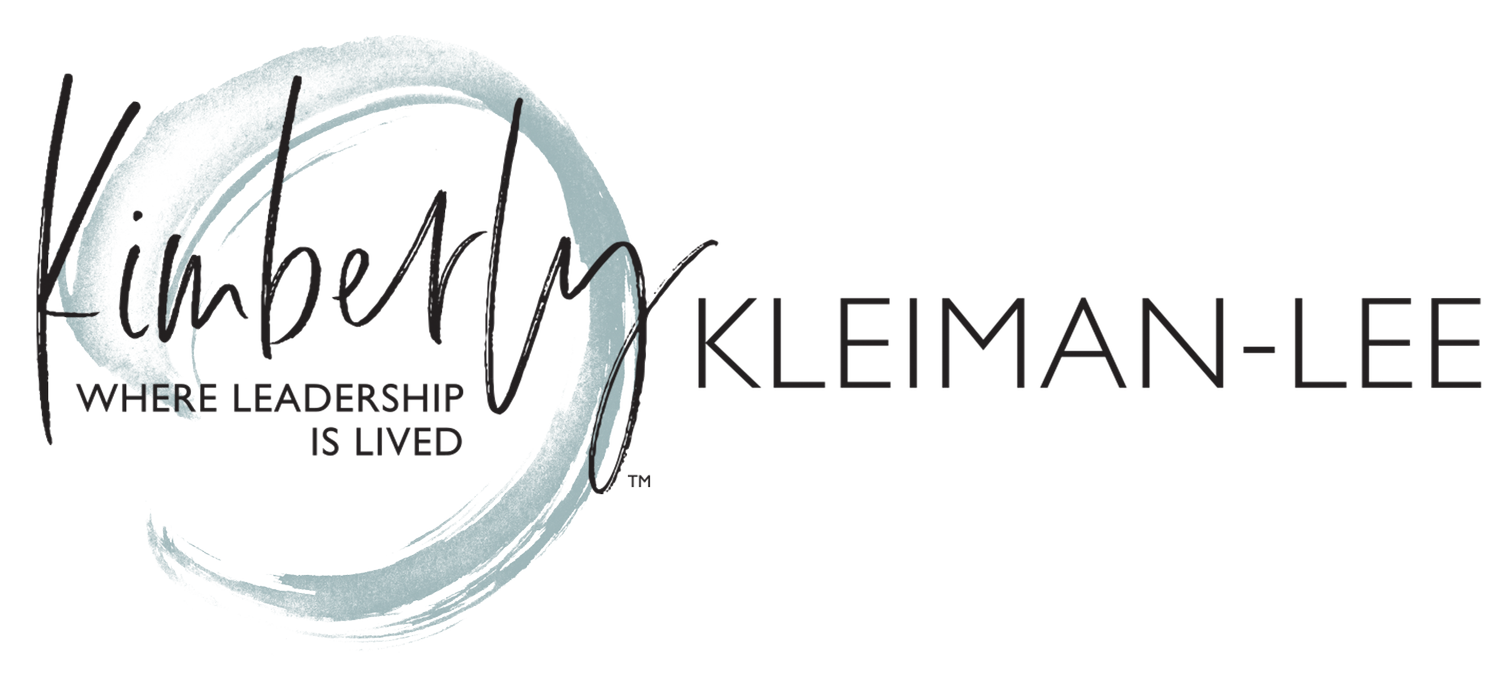How to Outsmart Burnout
Ming is what HR would call a “high potential” or “HiPo” for short. He’s ambitious, dedicated, capable, and one to watch. Ming senses that his metaphorical willingness to “burn the midnight oil” has morphed into “burning the candle at both ends.” This has been going on for months and Ming’s stress has now mutated into something unrecognizable. This stress is excessive and deep. It’s a stress that has him perpetually drained and exhausted. It’s a stress that renders him depleted, distant, and questioning his desire to stay on the HiPo track. In short, burnout is the aftermath of stress that’s gone unchecked for too long, casting a gloomy haze over workers and their organizations. The result is substantial enough to have gained the attention of the World Health Organization. That’s right; burnout has gone global and WHO considers this to be a crisis. Ming is among very, very tired friends. Now is your chance to show up as the Manager Ming deserves. Let’s help you to find the words needed to bring Ming back from the edge of exhaustion.
Ming is highly valued. He’s shouldered every budget cut, weathered every reorg, and has represented the very best of your organization’s mission. He’s determined to buckle down and get through this…even though “this” has no end in sight. You sense he’s losing his edge. His innate drive has evaporated. Here’s the thing…Ming is a SUPERSTAR… not superhuman. Burnout requires your insight and intervention. Supporting an employee through stress and burnout can be intimidating, but saying nothing only exacerbates the weariness and isolation he is surely experiencing.
Ming musters up the courage to get on your busy calendar. He confides that he’s fried and needs a reprieve. He looks down at his notebook for the first, well rehearse, paragraph out of his mouth. You sense he’s equal parts mortified and emotional. This type of vulnerability is out of character for this HiPo. His silence prompts some truly unfortunate responses from you. Before you know it, you hear yourself saying, “I know this is tough, but you’re tougher.” The suggestion that Ming hasn’t been tough enough is heartless and inaccurate. The silence persists so you stammer and continue with, “I wish you’d come to me sooner. There are co-workers who’ve adeptly handled a similar workload so I’m not sure why you’re struggling.” These comments only serve to aggravate and possibly humiliate this employee who has come to you for support and guidance. If your grand finale is “Just take some time off; that should fix everything", you have just stalled the recovery process by oversimplifying the problem. Remember that burnout is the result of ongoing stress that hasn’t been managed. If you missed the signs of struggle and burnout initially, don’t miss the opportunity to say the better thing now.
It is possible to build a workplace based on burnout prevention. Listening, observing, and applying the right words and actions are key ingredients to a baked but not burned workforce.
Listen and Observe:
Have you noticed Ming’s shifts in performance? He is typically enthusiastic and open minded, but his recent vocabulary is a steady stream of, “I guess so” and “Whatever.” His last two presentations had typos and a faulty data set. Moreover, he was often the first to volunteer and lead new initiatives. Now his seat is empty before you can say, “Good work today.” While he might be able to keep his word choice in check, his body language is a steady stream of eye rolling, crossed arms, chair slumping, and vacant eye contact. Burnout’s bottom line is this; your employee’s work effort is free falling and the inevitable outcome is low quality work and deadlines that never used to be missed.
Acknowledge and Partner to Solve:
Engage in a dialogue that acknowledges the strain with statements such as, “I am so sorry this has had such an impact on you. You are terrific and don’t want to lose you on my team.” and “I would really like to understand what it’s been like for you to work under such stressful conditions.”
Stay with language that is supportive and solution oriented, “Your health and well-being deserve more attention right now. Let’s prioritize your workload so that you can get out from under this and reclaim your sleep and your success.”
Use verbiage that reinforces your unwavering commitment to their capacity such as, “What you’ve accomplished is remarkable. Going forward, let’s check in regularly to ward off any spiraling or sinking under the strain. My intention is to be more connected and responsive; I’m confident that we can manage this together. Let’s check in with each other twice a week.”
Empower your employees to adopt stronger boundaries by suggesting, “Just because the work is available 24 hours a day, there is no expectation for you to be the human version of CNN. When I changed my email signature to include, ‘I’m not available for responses after 6:00 p.m.’ my work/life balance stabilized. I want that for you too.”
As you head into problem solving mode, always start with “What do you need right now?” Let your employee control that agenda. Then you fight for that agenda on their behalf. Engage HR. Investigate your company’s EAP (Employee Assistance Program) which can provide incredible resources to employees with all sorts of health and home related needs.You might be able to offer time off, reorder priorities, delay a project deadline, or add a resource to an understaffed project. Bottom line, you will need to address this employee’s workload and paths are aplenty for navigating burnout with the right experts and resources.
Saying the better thing is rooted in the belief that while stress is part of the workplace terrain, it isn’t the entire landscape. Burnout might be having a global moment, but so is excellent leadership. With the right words (and actions), burnout’s days are numbered.
“We all need to do better for our employees. What’s at stake if we don’t? Employee happiness, inspiration, retention—and ultimately, innovation. It’s impossible to create and innovate with a sapped internal battery. And as new challenges arise around the world, empowering the people tackling those challenges is more important than ever.”
Kathleen Hogan, EVP & Chief People Officer, Microsoft
“Let's really think out of the box and try and figure out how do we make a better, healthier environment in which people can thrive rather than get beaten down. And that does not require any sort of sign of burnout per se, before you do that. But that burnout really tells you more about what's going on in the workplace than what's going on in the individual.”
Christina Maslach, author The Truth About Burnout: How Organiations Cause Stress & What to Do About It; creator, Maslach Burnout Inventory
“Every leader should take three simple steps to reduce or prevent burnout in their employees and themselves: lighten demand, provide more control, and create a supportive environment.”
Adam Grant, professor, Wharton School of the University of Pennsylvania; host, Work Life with Adam Grant
Don’t stop now! Learn more from a few of our personal fav resources below:
Disclosure: The resources shared and listed by KKL & Co. are those that have been evaluated to be of high value to our leaders. We are proud affiliates for some of these resources, meaning if you click a link and make a purchase, we earn a nominal commission at no extra cost to you. Please don’t spend any money on these resources unless you believe they will help you become a better human.














